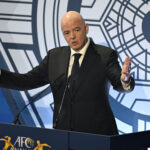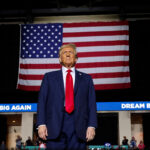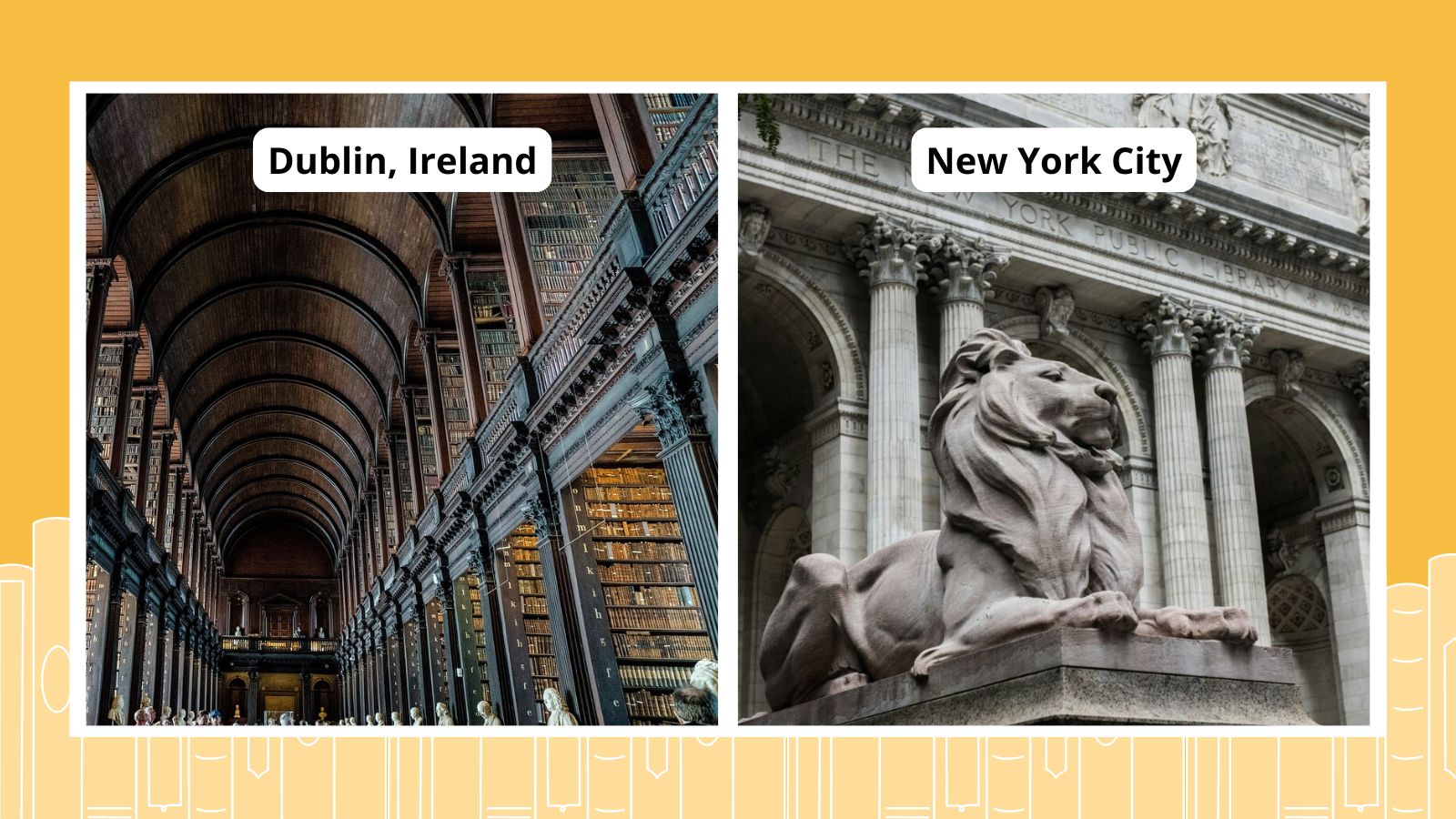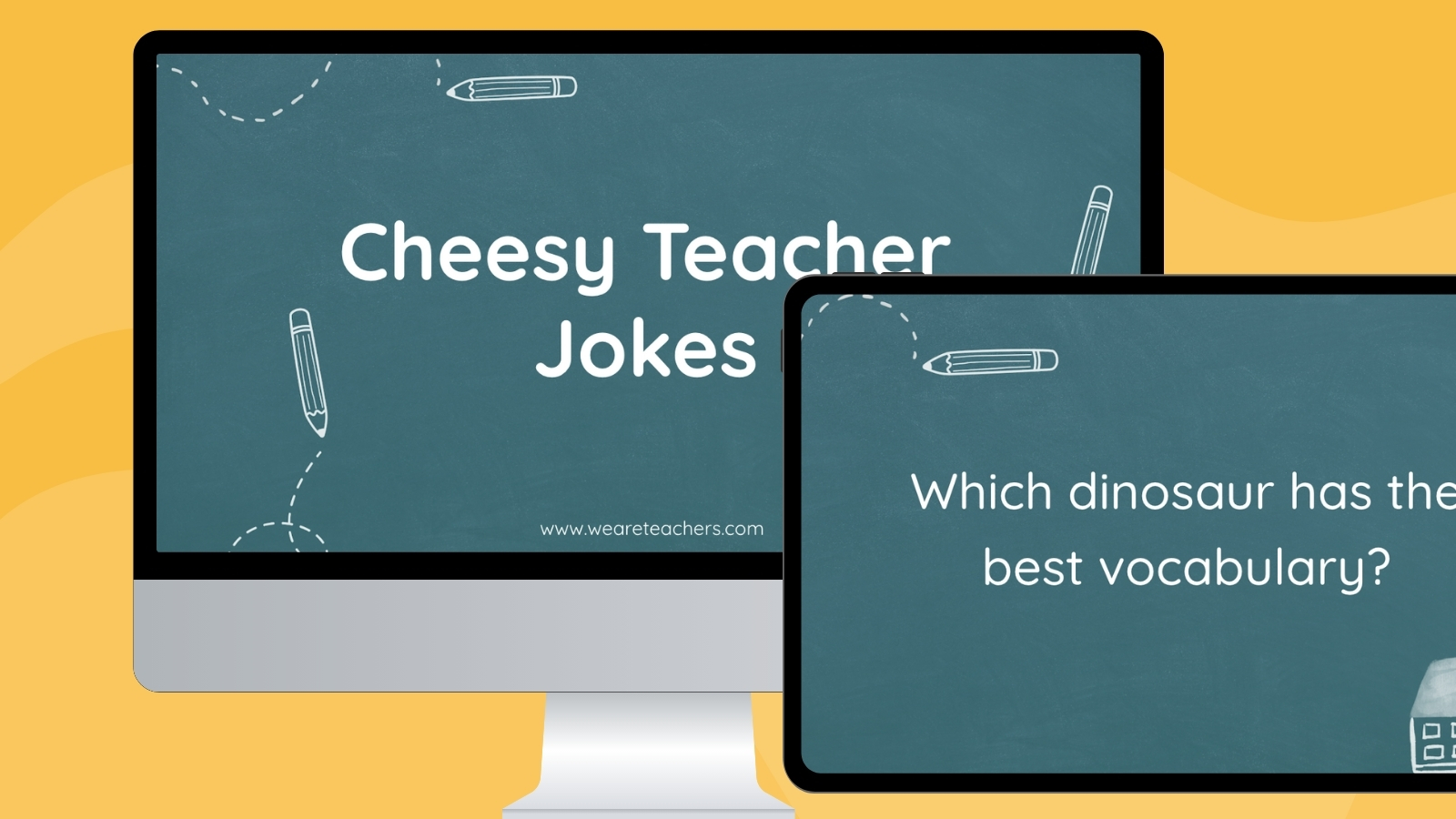Recently I received an invitation to speak at an upcoming global education summit in Beijing.
The organizers asked me to give a presentation on the two topics that have dominated my work for the last 30 years: Project Based Learning and 21st Century Skills.
At the Buck Institute for Education (now PBLWorks) I created the PBL World Conference and co-wrote The PBL Starter Kit. At the Partnership for 21st Century Learning (now part of Battelle for Kids), I led the organization’s efforts to embed 21st Century Skills into the educational policy of 30 states.
These skills, which were last defined by P21 nearly 20 years ago, have been on my mind since ChatGPT dropped into our lives nearly two years ago. In August of last year I wrote a blog for the New Tech High School Center for Excellence in which I advocated redefining the core skills of collaboration, communication, critical thinking, and creativity (the four Cs) to incorporate the capacities and requirements of generative AI.
Is There an Editor in the Room?
In April, on a prior trip to China, I got into a heated discussion with teachers at an elite school in Hangzhou. They were proud of the work their students had done using Midjourney to generate Chinese historical images. The students melded those images with narratives written by a Chinese generative AI (Kimi) to create picture books. I argued that the work was not creative, though it was gorgeous.
Upon reflection, I was wrong. I ignored my previous admonition: The definition of creativity must be expanded because of generative AI. In this blog I’ll argue that a new definition should be informed by the field of film editing. Bear with me.
Jennifer Lame, in early March of this year, won the Oscar for film editing for her work on Oppenheimer. Ms. Lame did not act in the film. She did not direct it, film it, score it, design costumes, program special effects, or write it. She took the output of a talented group of performers and technicians and gave their work form, coherence, emotional impact, and deeper meaning. She did not produce any of the creative components, but she did bundle those components into a strikingly creative motion picture.
Is this not a signal feature of creativity in the age of generative AI? Is this not what our students are doing when they use image generators to produce impactful visuals, use Perplexity to generate cited research, and use ChatGPT, Gemini or Claude to write and/or edit copy? Their work lives on a tiny stage, but are their actions by definition any less creative than Jennifer Lame’s? Are we judging the process as creative? The elements as creative? Or the final product as creative?
Creativity Is a Set of Skills
P21 partnered with one of its funders, Pearson Education, to write a series of research briefs on the four Cs (published in 2017). This series, called Employability Skills for Today, serves as a starting point for a definition of creativity that predates gen AI.
The executive summary of the report begins with this sentence: “The ability to generate novel and useful ideas is reportedly one of the most sought-after skills among new hires, yet students may not be graduating with the level of skills needed to succeed on the job.”
One of the foundational beliefs of the authors is that creativity is not a skill, but more a set of skills that are teachable. Accordingly, it’s important to teach our students to draw, write, and compose as part of creative development. In the age of gen AI, it is also important to teach our students to write effective and efficient prompts so that they get the output they need to create and improve a report, presentation, website, business plan, or video. They will do this using the technology (generative AI) that is going to be a part of their professional, creative, and personal lives for the foreseeable future.
Is Innovation a Lesser Form of Creativity?
Should we create a new term for a creative output that actively incorporates the products of gen AI? “Innovation” comes to mind, but I wonder …
The Pearson/P21 report explores a problem teachers have had for years when assessing creativity: Is creativity the same as innovation? The Buck Institute team struggled mightily to meld the two domains but was unsuccessful, opting to create a set of rubrics called Creativity and Innovation, as though they are separate but related. Calmer heads and a new staff prevailed a few years later when those rubrics were revised, joining what was once bifurcated into a single heading: Creativity Rubrics.
Teresa Amabile of Harvard argued in 1988 that it is important to distinguish individual creativity from innovation. As Amabile explains, creativity “is the production of a novel and appropriate response, product, or solution to an open-ended task. The Pearson/P21 team claimed that innovation is a broader term often used in a business context to refer to the successful application of creativity.
In either case, our expanded definition of creativity (i.e., the creative student is an “editor” equipped with the technology of generative AI) certainly allows for the successful application of creativity even if the components are generated by AI. So, the original label for this set of skills (creativity) stands.
Democratizing Innovation
I will close this discussion with reference to a term coined by MIT’s Eric Von Hippel, who focused for decades on the potential for users of products and services to develop what they need themselves rather than simply relying on companies to do so. In 1991 he called this process “democratizing innovation.” Gen AI allows every student to be a creator in ways that were previously closed off to many. Let’s expand our definition of creativity to accelerate this process of democratizing innovation and allow students to use generative AI in ethical and effective ways. We can all become creators.
The post Redefining Creativity in the Age of AI appeared first on Getting Smart.
Explore the evolving definition of creativity in the age of generative AI and how educational leaders can integrate these technologies to enhance Project-Based Learning (PBL) and 21st Century Skills.
The post Redefining Creativity in the Age of AI appeared first on Getting Smart. Project-Based Learning, The Future of Tech and Work, creativity, Future of work Getting Smart








